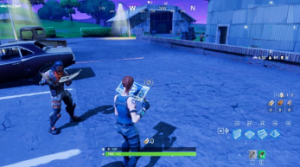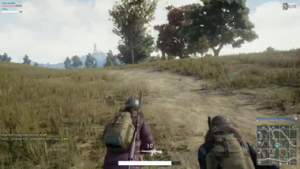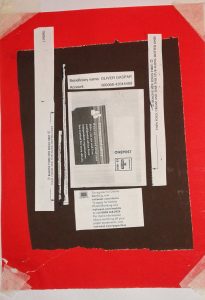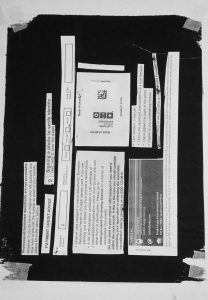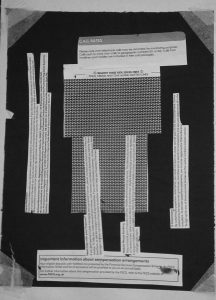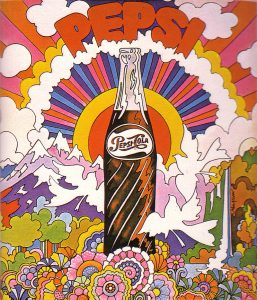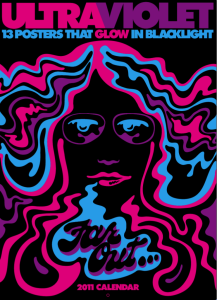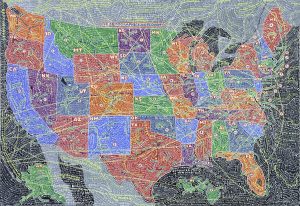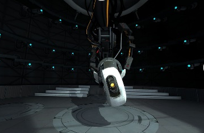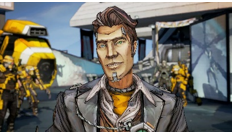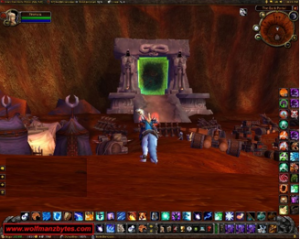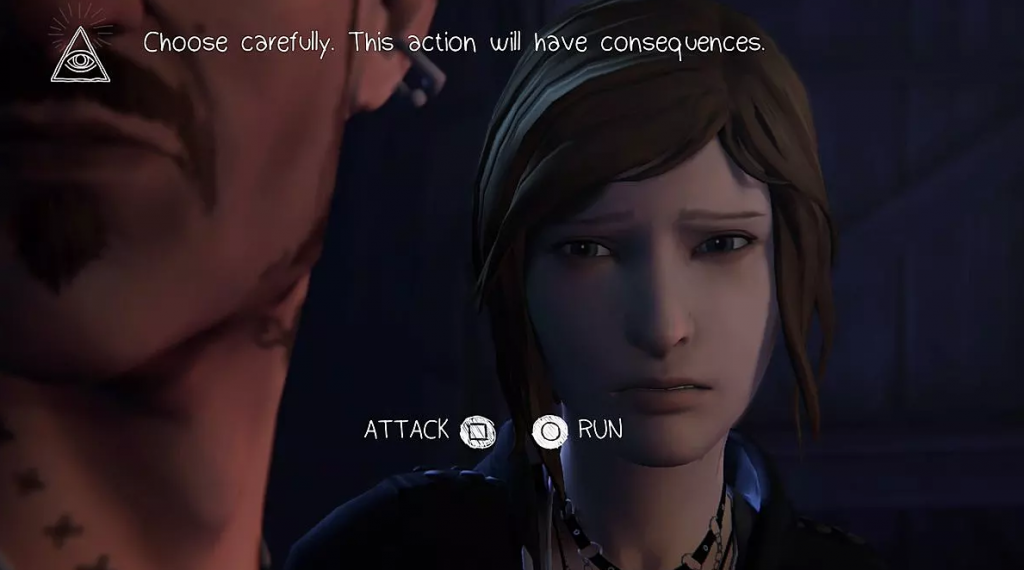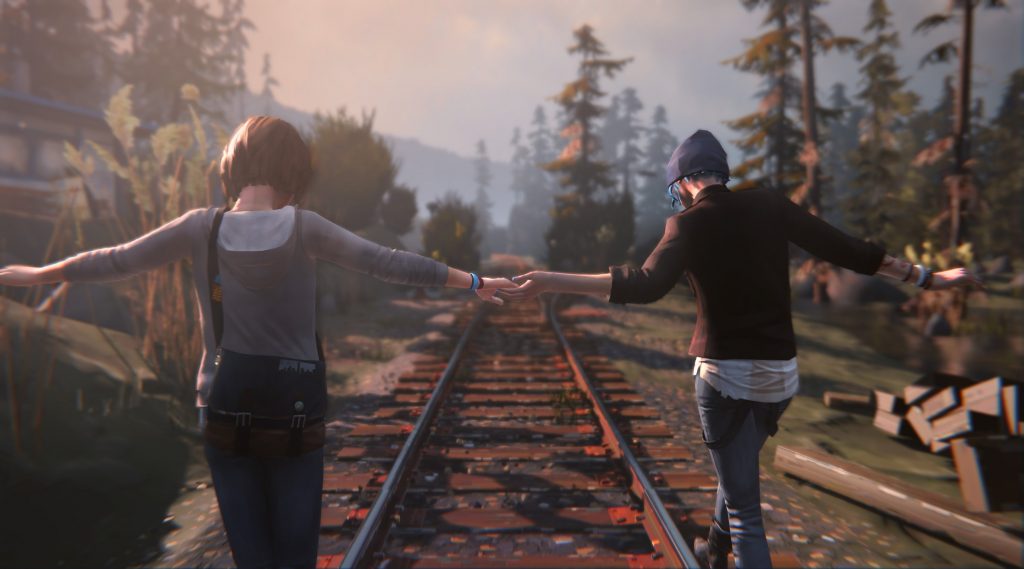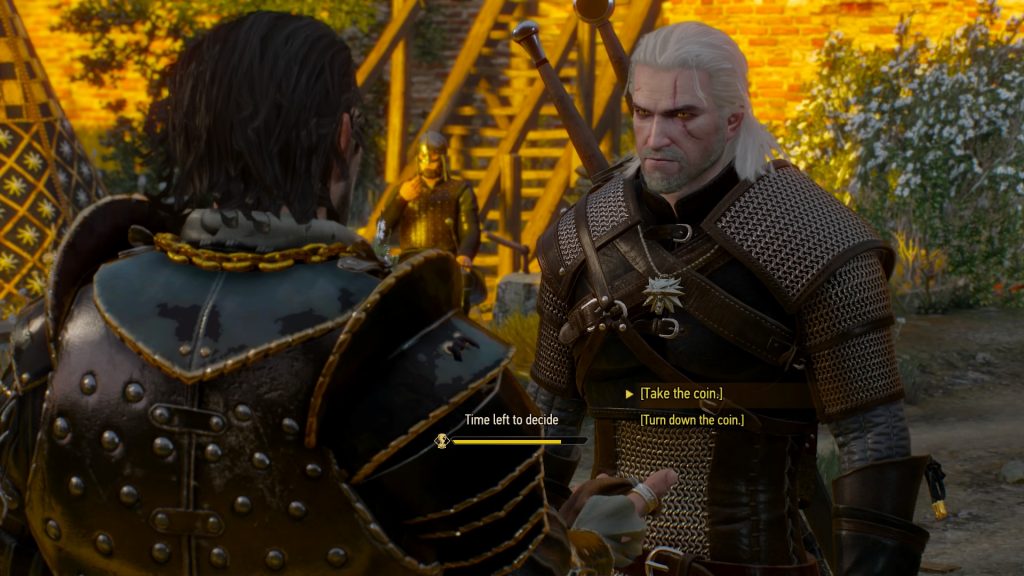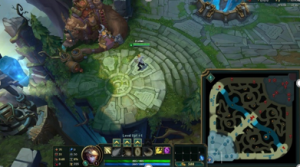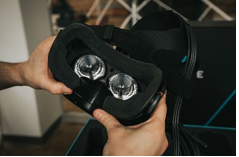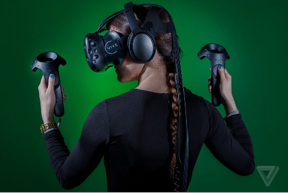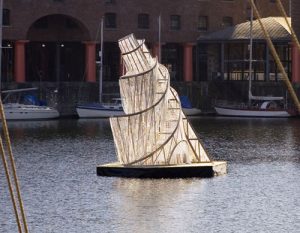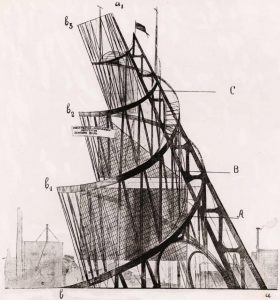What do you see as the positives and negatives around copyright?
One positive of copyright is that the creator of a product can benefit from the creation of the product, by allowing third parties to use it in a desired way and enabling a royalty or a one-time payment on the use of the product. This provides an incentive for creators as they can get paid by creating original and new ideas. For example, Nintendo the developer of The Legend of Zelda: Breath of the Wild have a created a game for the Switch but unlike other games where they are played by people and put on video sharing networks like YouTube, Nintendo will copyright strike anyone playing their game and profiting of it without paying a fee to Nintendo first. On the other hand, a downside of copyright is that it can stop innovation because when an idea or a product is copyrighted legally its design must be specifically outlined, so that if the idea is stolen the case can be fought on how the original copyrighted idea was copied, this can have ramifications for inventors as they might come up an idea like a game and only copy small percent without knowing it and can be sued in turn stopping the innovation, an example of this is from the studio Bluehole which made the game Player Unknown Battlegrounds (PUBG) and has been very successful but recently another game very similar has to come to market called Fortnite. Fortnite is produced by Epic games and in a recent interview the creators of PUBG stated “we don’t feel that it’s right” this is because of Fortnites blatant copying of PUBGs game style and use of their product name in their promotional video has tempted Bluehole studios to take further action. If I do make my own game I will have consider copyright laws and how it could affect the development of my game, making sure my style and mechanics are different from other games.
Source and references
https://www.polygon.com/2017/9/22/16349536/pubg-fortnite-battle-royale-battlegrounds
https://www.nintendo.com/games/detail/the-legend-of-zelda-breath-of-the-wild-switch
http://info.legalzoom.com/pros-cons-copyright-laws-20497.html
https://en.wikipedia.org/wiki/The_Legend_of_Zelda:_Breath_of_the_Wild
https://www.polygon.com/pc/2017/9/26/16368170/fortnite-battle-royale-preview-review-hands-on
https://gfycat.com/gifs/search/pubg%20gameplay
Is it possible to make anything new?
In my opinion it is not possible to make anything new this is because any idea that is created today is just a modified version of something that already exists the only new thing someone can make is a story in a game otherwise most games today are just carbon copies of each other or just a twist on mechanics other games possess. An example of this would be most shooter games out their which have similar mechanics but just a different back story with the same basic play style, like Call of Duty Advanced Warfare and Titianfall. Therefore, I will be mainly using games for influence rather than copying them and their playstyles.
Sources and references
https://www.callofduty.com/uk/en/advancedwarfare
https://thirdpersonblog.wordpress.com/2017/02/08/titanfall-2-review/


